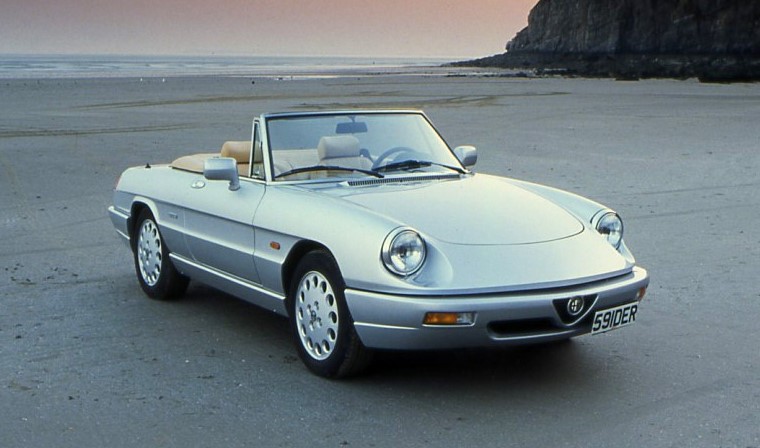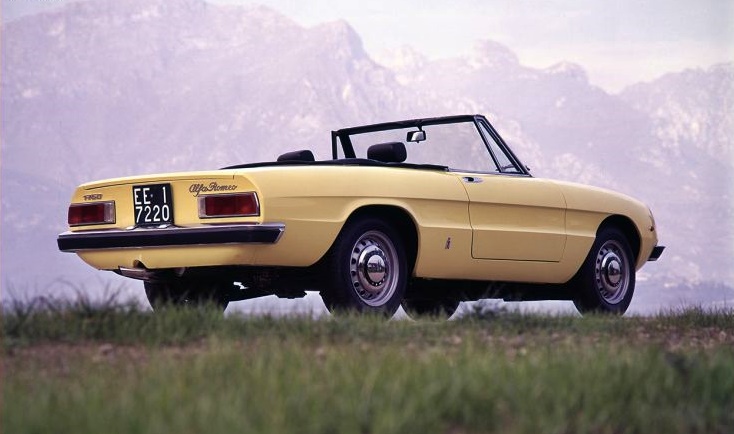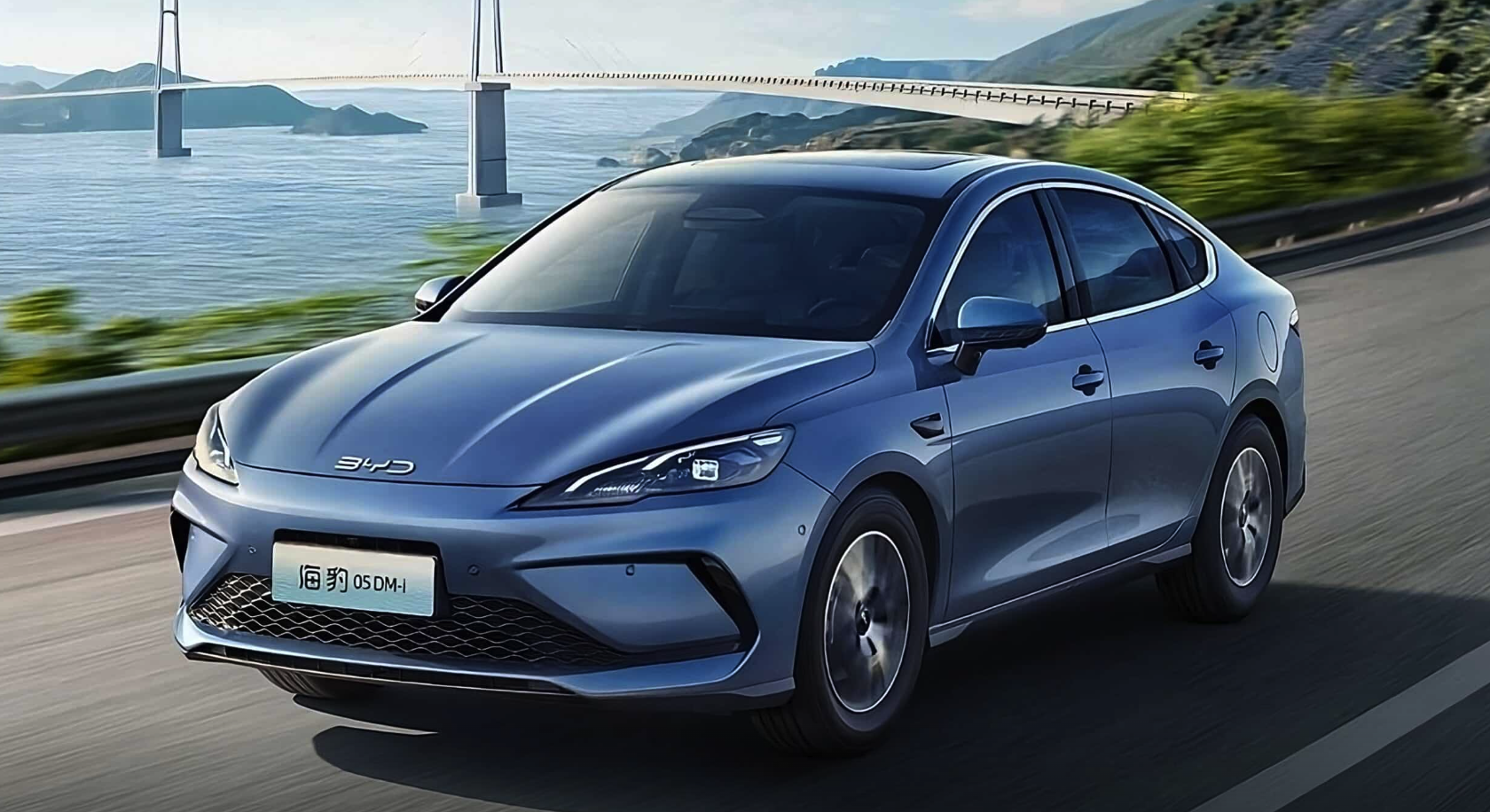The Alfa Romeo Duetto enjoyed the longest ever lifetime of any Alfa Romeo model, seeing four generations and more than 124,000 examples produced over 28 years. And though it was the product of a famous Italian brand, the model actually had its roots in America, where it also seduced the Hollywood set.
Max Edwin Hoffman, an ex-racing driver who had fled to America during World War II, was the American importer for European car manufacturers in the 1950s. He was much more than a simple car trader; he gave advice to carmakers on commercial policies, asking for specific models, suggesting style variations and contributing to the creation of some of the most passionately admired sports cars ever made – one of which was the Giulietta Spider.
Getting the ‘perfect’ car for the Pacific Coast
In 1954, immediately after the launch of the Giulietta Sprint, he began to ask Alfa Romeo for a car that would be ‘perfect’ for the trendy Pacific Coast, convinced that everyone in Hollywood would want one. Hoffman managed to convince Francesco Quaroni, the head of Alfa Romeo, and Rudolf Hruska, the company’s engineer, to undertake the project. So confident was he of its success that he said he was willing to buy several hundred, even before he had seen the final designs.

Pinin Farina’s ‘beautiful young lady’
A style competition was set up between the two designers of the era: Bertone and Pinin Farina. From Bertone came an extreme vision, the daughter of Franco Scaglione’s 2000 Sportiva concept with a pointed front, streamlined headlights and rear fins. Pinin Farina’s proposal was designed by Franco Martinengo and was chosen on account of the elegance and classic balance of its shapes.
‘The beautiful young lady’, as Pinin Farina described it, began with a panoramic windscreen and sliding side windows. It had no handle inside the door; instead, a cable activated the door opening. Only later would a traditional windscreen appear, plus descending side windows, equipped door panels, folding roof, external handles and new interiors.
It was to be a pure sports concept, and Hruska adopted the Giulietta engine. This was a 1290 cc 4-cylinder unit which produced 65 bhp and could take the car up to 155 km/h. In subsequent versions, the power output became higher, and performance was escalated.
Finding a name for the model was a story in itself. A competition was organised in collaboration with all the European dealers. ‘Duetto’ won, but a problem with rights emerged due to a chocolate biscuit with the same name. This required the car to be launched as ‘Alfa Romeo Spider 1600’.
When it was time to launch the car to the American market, Alfa Romeo wanted something massive. It organised a transatlantic luxury cruiseliner, inviting the most exclusive celebrities from show business, sport and fashion. There were 1,300 of them on board when the Italian cruiseliner sailed from Genoa in Italy to New York, with a stopover in Cannes for the Film Festival. During the entire cruise, three examples of the new model were displayed on the ship’s bridge. By repeatedly highlighting the Italian nature of its product, Alfa Romeo anticipated the ‘Made in Italy’ communication drive by over a decade.

Steve McQueen’s opinion
Sports Illustrated magazine invited the legendary Steve McQueen (along with other ‘fast friends’) to drive the car and offer his impressions which were “It is a very forgiving car. Very pretty, too.” Besides being a well known filmstar, McQueen was a supercar collector and a skilful driver and rider (a nightmare for his insurance companies) so he knew what he was talking about. In those few words, McQueen’s judgment summed up the essence of Duetto and the uniqueness of Alfa Romeo: driving pleasure and pure beauty.
A year later, a young Dustin Hoffman was driving a Duetto at full speed to the music of Simon & Garfunkel in ‘The Graduate’. Iconic images of that car became sculpted in film history, launching a whole series of quotations where the Duetto was seen in hundreds of films and TV stories, going on to be a cult car in its own right. It quickly became a car which Hollywood stars loved, especially as it was an open top so they could enjoy the California sunshine and breezes of the Pacific.
When he was World Heavyweight Champion, Muhammad Ali had a Duetto which referenced his famous motto ‘Float like a butterfly, sting like a bee’ – his numberplate was customized to read “Ali Bee”. The Duetto name remained in the background but was consolidated in the memory of fans and became the nickname of all the car’s generations.
The 1966 Spider, the first of the series and the last masterpiece by Battista Pinin Farina, was called ‘Cuttlefish Bone’ due to its ellipsoidal shape, with rounded front and rear, convex sides and very low beltline. The second was the 1969 ‘Coda Tronca’, or ‘Short Rear’, eye-catching for the aerodynamic cut of its rear.

The third generation was the ‘Aerodinamica’ of 1983, named after its lengthy trials in the wind tunnel. In 1989, the last generation appeared in showrooms as the ‘IV Series’, a car with a clean and streamlined body, almost a return to its origins.


























